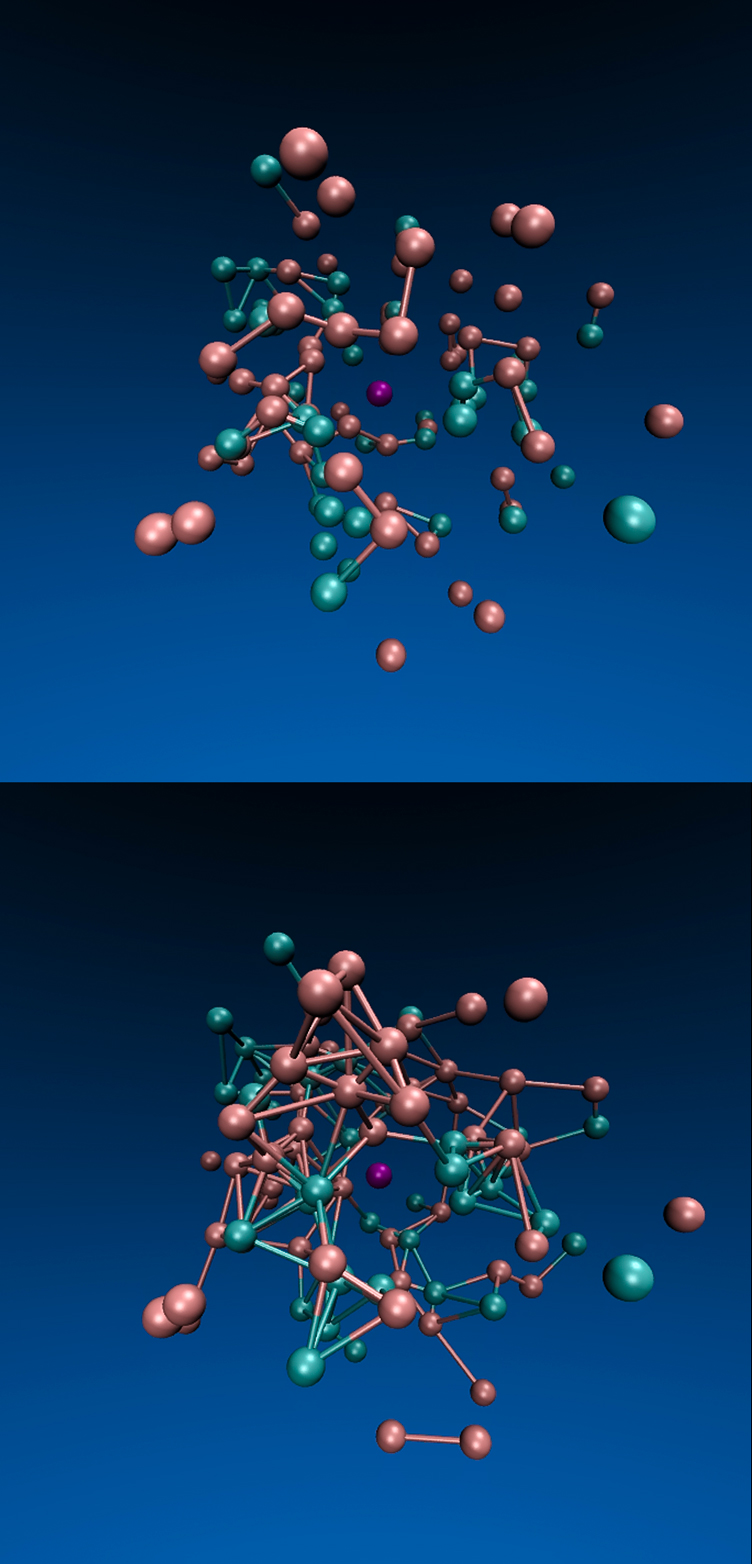When Isaac Newton quantified gravity, his theory explained how everything in the world around us behaved in its presence. It opened a door to an understanding of something fundamental, yet elusive in explanation. Centuries later, Einstein came along and took a step back, finding a larger more comprehensive theory of gravity, one that explained the strange things that happen in the grand universe. His theory could even explain things that Newton’s theory of gravity could not, such as the odd orbit of Mercury around the Sun. But the greatest part of Einstein’s theory is that if you use it to describe every day objects, it simplifies to give you the exact same results as Newton’s equations.
The point is that Newton wasn’t wrong, he had just developed a theory that dealt with a special case of the much larger theory of relativity, a case that matches human experience. In Newton’s time, human experience was all we dealt with, but once physicists went further down the rabbit hole and saw how things worked in the extreme, the next step came into view.
A physicist from MIT named Jeremy England has been applying concepts of Physics to the emergence of life, trying to take a step back from our understanding of evolution, leading to fascinating conclusions.

The theory has been described with a simple question: What is the difference between a lump of coal and a human being? The answer is that the human is much better at absorbing energy from its environment and dissipating it as heat. A human being then is the result of a natural tendency of matter to restructure itself to dissipate more energy when driven by an external source, for example the Sun.
“You start with a random clump of atoms, and if you shine light on it for long enough, it should not be so surprising that you get a plant,” England said. It all has to do with thermodynamics and specifically entropy. Entropy is a measure of the disorder of a system, or how spread out energy is, basically a matter of probability, that there are more ways for energy to be spread out then there are for it to be condensed, so it naturally spreads out. It’s the reason a hot cup of coffee cools down, or the reason a cold drink warms up to room temperature. When the entropy of a closed system is maximized, the energy is as spread out as it possibly can be, and we call this thermodynamic equilibrium.
For something like a plant, it can take in sunlight, use it to synthesize sugars for stored energy, and slowly release infrared light, a less concentrated form of energy than pure sunlight. The entropy of the universe increases, and the plant maintains its complex internal structure.
It’s a beautiful and simple idea that breeds complexity, but does it fit in with the ideas behind Darwinian Evolution? “I am certainly not saying that Darwinian ideas are wrong,” England explained. “On the contrary, I am just saying that from the perspective of the physics, you might call Darwinian evolution a special case of a more general phenomenon.”
Just as with Newtonian gravity being a special case of general relativity, Darwinian evolution through natural selection, which elegantly explains life in terms of genes and populations, may be a special case of this entropy theory. England’s ideas may give a simpler explanation of the driving force behind natural selection.
Unlike Darwinian evolution, however, the new theories are untested and unproven. They work well theoretically, but their interpretation as a driving force behind physical phenomena, including life, still needs real evidence. Adding to the theory of evolution, with such a strong foundation and body of research behind it, is not something to take lightly. Extraordinary claims require extraordinary evidence. Sadly there’s often an abundance of the former and a shortage of the latter.
